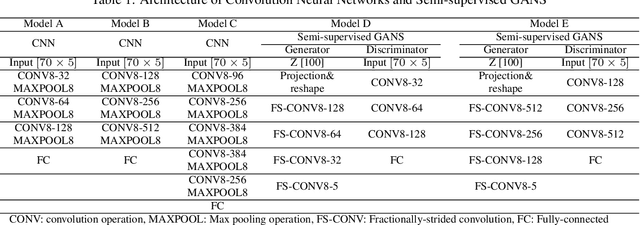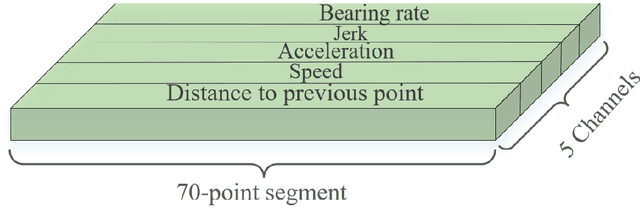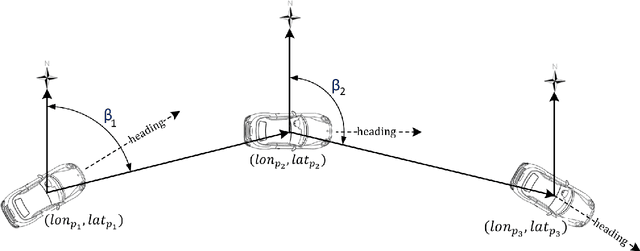Semi-supervised GANs to Infer Travel Modes in GPS Trajectories
Paper and Code
Feb 27, 2019



Semi-supervised Generative Adversarial Networks (GANs) are developed in the context of travel mode inference with uni-dimensional smartphone trajectory data. We use data from a large-scale smartphone travel survey in Montreal, Canada. We convert GPS trajectories into fixed-sized segments with five channels (variables). We develop different GANs architectures and compare their prediction results with Convolutional Neural Networks (CNNs). The best semi-supervised GANs model led to a prediction accuracy of 83.4%, while the best CNN model was able to achieve the prediction accuracy of 81.3%. The results compare favorably with previous studies, especially when taking the large-scale real-world nature of the dataset into account.
 Add to Chrome
Add to Chrome Add to Firefox
Add to Firefox Add to Edge
Add to Edge